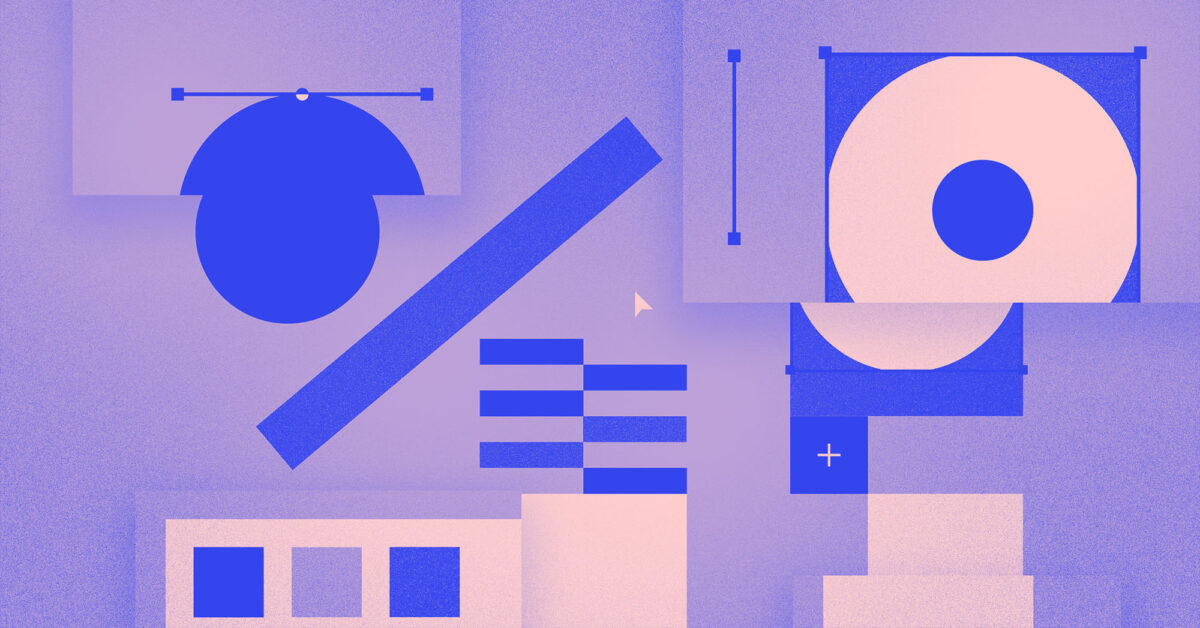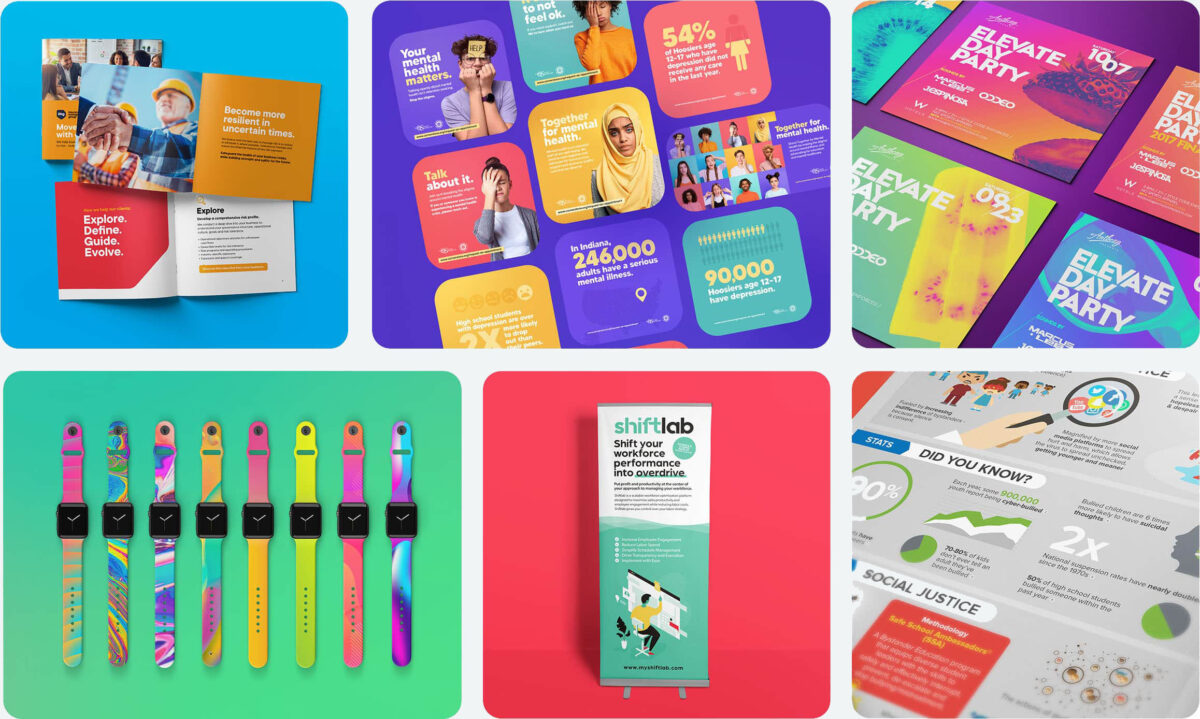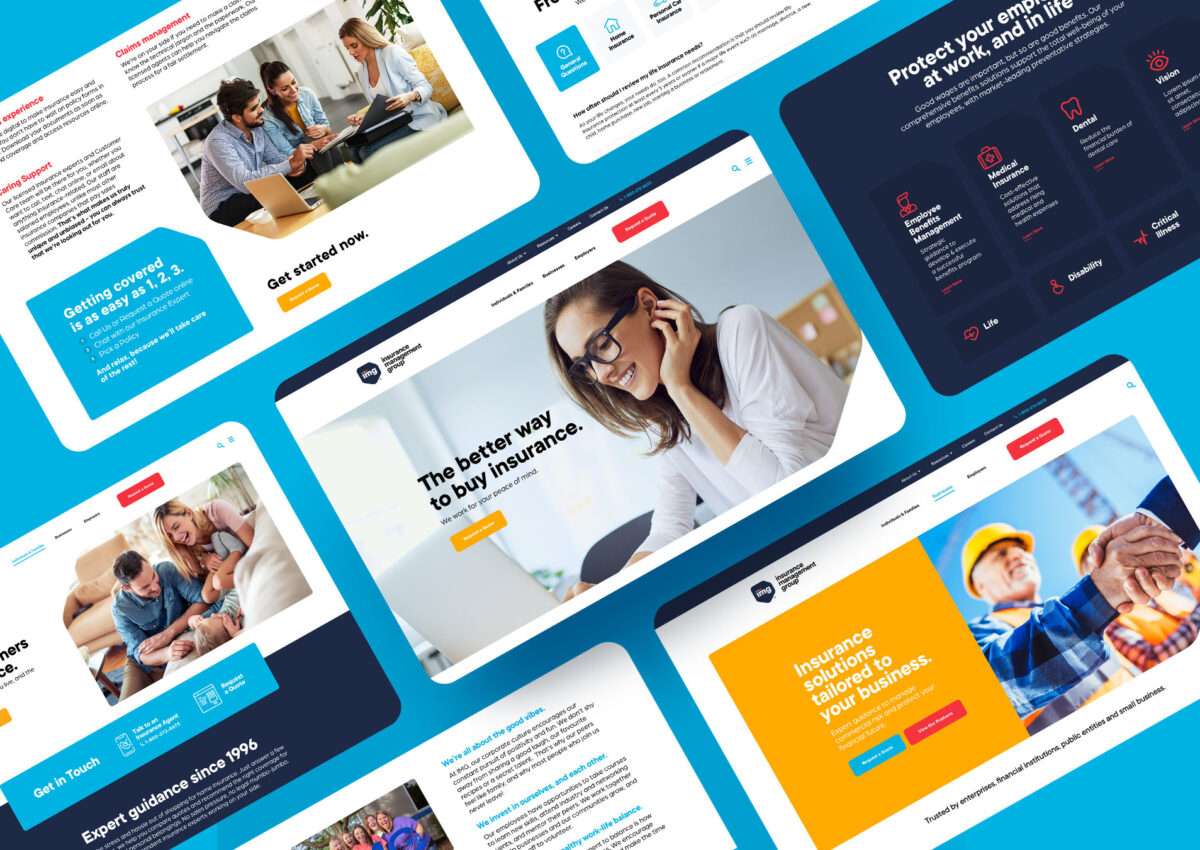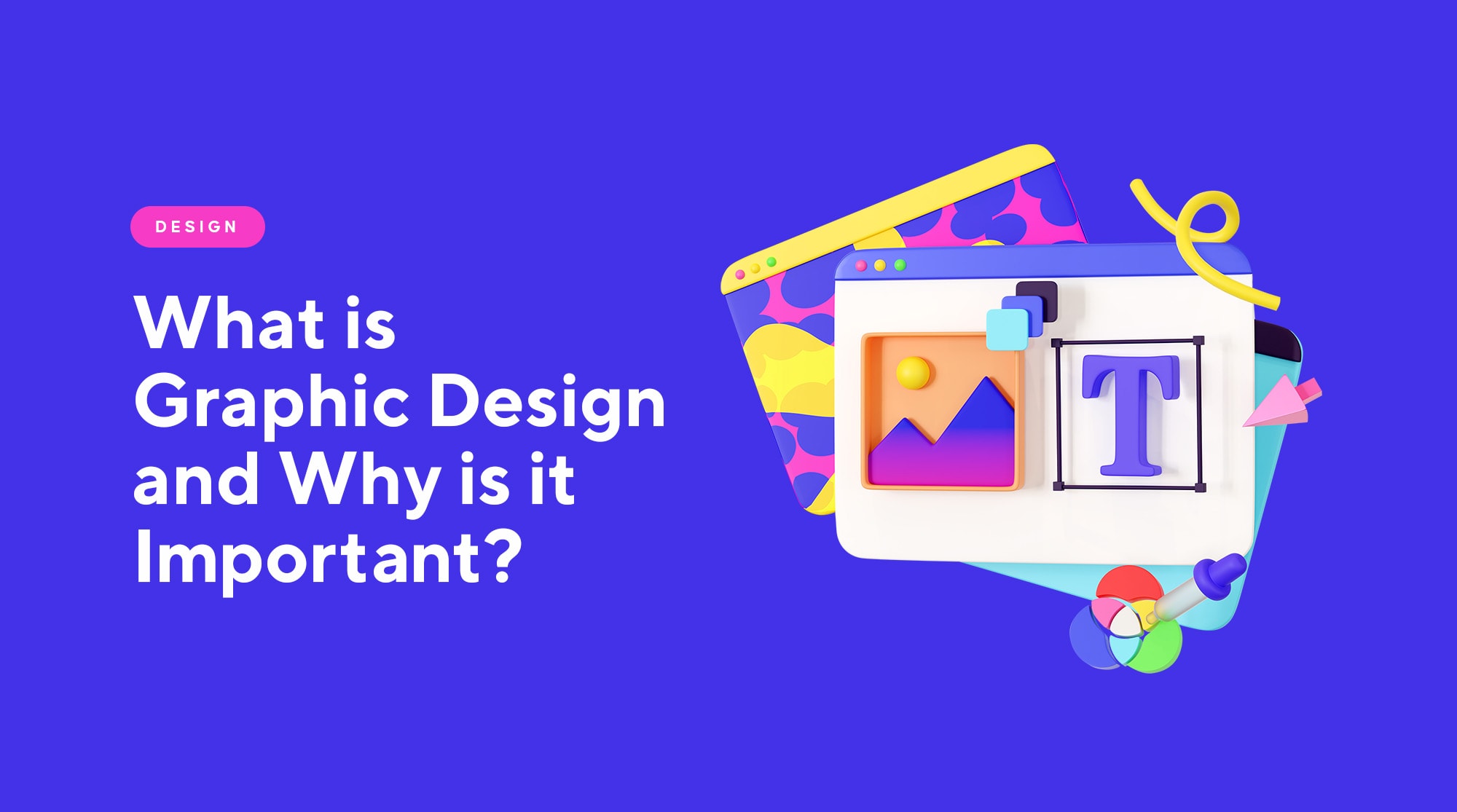Our world is filled with captivating imagery and visual experiences tailored to engage and inspire the masses. It’s no wonder that graphic design has become an essential part of successful marketing and communications in every sector and industry. By combining creativity with functionality, graphic design gives a visual representation of complex ideas so that they are easily communicated and understood. By using strategic elements like color, composition and typeface in unison, designers can craft powerful visuals that inspire action from the viewer. This makes graphic design an incredibly powerful tool for promoting any message or brand, whether it be through product packaging or website navigation.
In this blog post, we’ll explore what graphic design is and its various elements, and uncover how it plays an essential role in our lives.
- What is Graphic Design?
- Purpose of Graphic Design
- Elements of Graphic Design
- Types of Graphic Design
What is Graphic Design?
Graphic design is a craft that combines visual elements to communicate a message or an idea. A variety of techniques such as typography, photography, illustration, 3D modelling, and animation are used to create visual representations of complex ideas. The resulting visuals are used in a variety of applications. In fact, we’re surrounded by graphic design work everywhere we look. Some examples of design in our daily environments include:
- Logos for products and businesses
- Marketing materials, such as flyers, brochures, and posters
- Product packaging and labels
- Website layouts
- Infographics
- Web and social media advertisements
- T-shirt and apparel designs
- Magazines, newspapers, and catalogues
Graphic design can be broken down as serving important functions, over and above creating a visually-pleasing aesthetic. When done well, it guides user experience and influences emotions.
Let’s look at the purpose of graphic design in more depth below.
Purpose of Graphic Design
Humans are visual beings and have immediate reactions across a range of emotions when experiencing visuals such as joy, curiosity, anger and desire. What we see directly affects what we think, what we feel and ultimately, what we do.
By using visuals to convey a message, graphic design can effectively engage the target audience in an effective manner. Graphic design plays a critical role in improving user experience by making complex information easier to understand. The three main purposes of graphic design are:
- Function. Graphic design helps people understand and navigate more intuitively compared with just text.
- Communication. Graphic design conveys messages in a direct and efficient manner, making it especially effective for applications from wayfinding to advertising.
- Aesthetics. Visual elements are selected to influence emotions, comprehension and memorability.
Beyond the obvious benefits of clarity, approachability and efficiency, visual communication can also transcend language and cultural barriers. This makes graphic design an incredibly powerful tool.
Let’s explore how graphic design achieves this through understanding the elements of graphic design.

Elements of Graphic Design
Graphic design relies on a combination of elements to create an effective visual solution. These elements are often referred to as “the building blocks”. Together, these elements can be used to create a powerful message or express an idea in a way that resonates with viewers. Achieving this through design takes experience, skill, and precision. A talented designer has the ability to strategically select various elements and arrange them in a manner that influences how viewers perceive and interact with the design.
Here are the six elements of graphic design.
1. Lines
Lines are the foundation of design. A line, simply put, is an interconnection between two points. These lines can be curved or straight and may vary in size and texture – it all depends on your desired aesthetic! By utilizing lines with intent, you have the power to influence user experience by guiding their eyes towards key information or a particular focal point within your design. Lines in design have the ability to communicate various messages and evoke different feelings. A curved line can be used to portray a free-flowing, whimsical tone, while a straight line gives off an orderly and precise vibe. Moreover, diagonal lines give off an energetic feeling that suggests movement or progress. All of these nuances combined create an intricate visual language.
2. Shapes
The second element of design is shape. Shapes are either geometric (e.g. circles and triangles) or organic (flowers and animals). Lines, color, and other boundaries help define shapes by emphasizing the areas on a page that need attention most. Shapes can be used to create visual interest and can even help break up content into sections. By utilizing shapes, designers have the power to direct a viewer’s eyes toward something that stands out more than other elements in the design.
3. Colors
Color is a remarkable component of design. It can be used independently, as the backdrop, or to emphasize other elements in your design. Moreover, it’s an extraordinary tool for setting up and conveying emotions linked with your brand. For instance, red often symbolizes love, strength, power and enthusiasm; whereas green generally signifies peacefulness and well-being. If you want to see the psychological effect of color, look no further than the financial services industry. Many brands, including Bank of America and Chase, use blue in their logos. It’s no coincidence that blue is the color of trustworthiness, loyalty, security and order; those connotations are deeply rooted in our psyche.
4. Typography
Typography is undeniably the most essential element of graphic, web and user interface design. It’s not only about relaying a message; it also has the ability to evoke emotion. Are you an authoritative online newspaper or a lighthearted blog? Through typography, we can set the tone. For instance, Times New Roman (Right) – with its Serif font – usually gives off more traditional and serious vibes while Open Sans (left), which uses Sans-Serif fonts seems more modernistic in comparison.
Typography is not only powerful in evoking a certain atmosphere, but it can also generate visual hierarchy in your design. Through typography, you can guide people’s eyes to what matters most on the page and create an orderly narrative for them to follow through from start to finish.
Fonts that are boldly enlarged instantly attract the reader’s interest and indicate a critical concentration point on your page. As they glance further, people instinctively realize that this text provides additional information to complement the central passage heading. g UI design for maximum success, it is important to factor various typography characteristics like size, height and weight into consideration
5. Texture
When it comes to digital design, texture can imply a tactile experience, making the user interface more dynamic and engaging. Different textures are used to bring depth and character to the design. For example, a natural texture such as stone can lend a feeling of solidity or strength, while a light fabric background conveys warmth and comfort.
Textures also have an effect on visual perception – for instance, wood textures create an impression of continuity and flow within the design, while metal textures can communicate an industrial feel. By using a combination of textures throughout the design, designers can create a unique atmosphere that contributes to the overall aesthetics and user experience.
6. Space
Space encompasses the area encompassing, underneath, beside and behind an object. It can be either positive or negative in nature. Positive space is utilized to emphasize particular components of a composition such as people’s faces or furniture inside a room; whereas Negative (sometimes referred to as “white”) space boasts prominence by inspiring focus on the details within its backdrop that envelops it all together.
Outstanding design is not a coincidence, but rather the result of hard work and dedication. By thoughtfully selecting colors, shapes and typography, a skilled designer can shape how people interact and perceive the design.
Now let’s take a look at the various mediums graphic design encompasses.

Types of Graphic Design
Graphic design has a multitude of functions and applications. Here are 8 of the most popular types:
1. Visual identity
A visual identity is a representation of a brand’s characteristics, and how an organization communicates its personality, tone and essence. These visual identity elements act as the face of an organization through carefully selected imagery, color, and shapes.
Visual identity design is one of the most popular forms of graphic design and can be found all around us, in advertising, packaging, and more. For this reason, identity designers have to be proficient in conceptualizing abstract concepts and translating stakeholder vision.
2. Advertising
Graphic design is most often associated with visuals used for marketing and advertising. As it is human nature to be instantly captivated by visual content, graphic design can help businesses promote themselves and also communicate more effectively.
Print design has been a staple for many years, yet in recent times it is also becoming an integral part of digital assets. Examples of marketing graphic design include:
- Banners, posters and billboards
- Flyers and postcards
- Menus, brochures
- Ads for magazines and newspapers
- Infographics
- Vehicle wraps
- Trade show signage and displays
- Pitch decks and presentations
- Social media graphics and ads
- Graphics for landing pages and websites
3. User Interface (UI)
UI design is centered around making the user’s visual experience in online mediums intuitive and engaging, yet ensuring meaningful usability of on-screen elements like menus, buttons and micro-interactions. A UI designer finds the balance between aesthetically pleasing visuals and technical capabilities. Examples of user interface graphic design
- Website pages
- Landing pages
- Mobile Apps
- Game interfaces
4. Packaging graphic design
Beyond providing essential protection and making products ready for storage, distribution, and sale, packaging design can be leveraged as a powerful marketing tool. Every box, bottle or bag is an opportunity to tell the story of your brand. With compelling packaging design, you can shape consumer behavior while also building enthusiasm around your product.
Packaging designers have the unique expertise to conceptualize, prototype and create print-ready files for a product. Their design skills are multifaceted as they must have an aptitude in industrial design, manufacturing techniques, photography and illustrations – all necessary elements to produce successful packaging visuals. Additionally due to their knowledge of visual identity concepts such as logos, they often find themselves creating other assets required by brands or products.
5. Publications
Publications include print mediums, like books, newspapers, magazines and catalogs, and also digital. Examples of publication graphic design
- Magazines
- Newspapers
- Annual reports
- Books
- Catalogs
6. Motion graphics
Motion graphics include animation, audio, typography, imagery, video and other effects that are used in online media, television and film. With the advancements in technology, video content has become the star of digital media, causing the popularity of motion graphics to skyrocket over recent years. Examples of motion graphic design include:
- Animated logos
- Trailers
- Advertisements
- Presentations
7. Environmental design
Environmental design visually connects people to places in order to improve their overall experience, making spaces more memorable, interesting, informative, or easier to navigate. Environmental design is a broad type of design, here are some examples:
- Wayfinding signage
- Branding of office spaces
- Interiors for retail stores
- Conference spaces and events
- Navigation for Public transportation
8. Illustration
Illustrations are original artwork and take a number of forms, from fine art to decoration to storytelling illustrations. Graphic design is incomplete without the presence of graphic art and illustration, as it forms an integral part of its commercial applications. Thus, when discussing one subject matter, we are also implicitly talking about all three components. Examples of illustrations include:
- Pattern design
- Technical illustrations
- T-shirt art
- Album art
- Book covers
- Infographics
By implementing a consistent and unified graphic design scheme, businesses are able to easily create an identifiable brand that customers remember. This is why, more than ever before, we have come to rely on the effectiveness of graphics in our communication—it helps simplify complex topics while increasing their memorability.

Conclusion
This article has provided an overview of graphic design, including its purpose, elements and types of design. With this knowledge, you can begin to explore the world of graphic design and find creative solutions for any marketing project.
Choosing the right type of graphic design
As the demand for knowledgeable, competent graphic designers continues to rise, it’s important to hire design specialists that can find the right fit and execute your vision. Simply submit a project form to get started!










